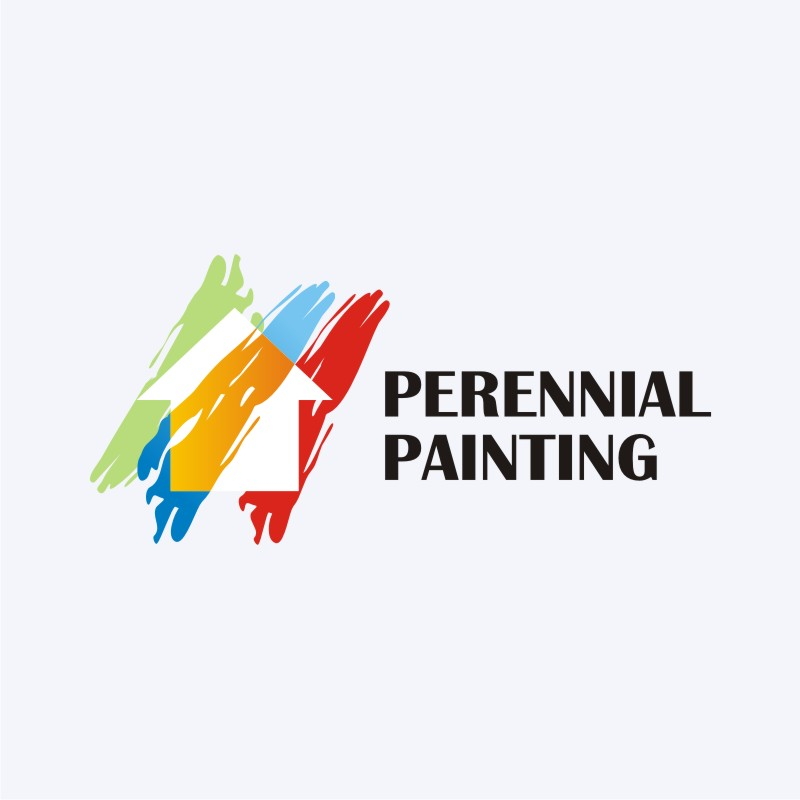Comprehensive Instructions For Ready-Making Your Wall Surfaces For Repainting
Comprehensive Instructions For Ready-Making Your Wall Surfaces For Repainting
Blog Article
Write-Up By-Grace Kearns
When you're prepping your walls for paint, it's crucial to follow a systematic process to guarantee a perfect finish. Start by examining the wall surface for any damage; this action can make or break your job. When you've identified any kind of problems, cleaning the surface area correctly is crucial, as a dirty wall can influence paint attachment. Afterwards, you'll require to spot any imperfections and apply a guide. But there specify methods and pointers that can raise your preparation game-- let's check out those additional to accomplish the most effective results.
Assessing Wall Surface Problem
Prior to you order your paintbrush, take a moment to examine your walls' problem. Check for any visible damages like fractures, openings, or peeling off paint. These imperfections can affect just how the paint adheres and looks as soon as it's dry. If https://emilianogrcmx.blog-kids.com/33476127/raise-your-living-setting-into-a-stylish-retreat-with-trending-indoor-paint-shades-find-out-exactly-how-to-easily-upgrade-your-home see any kind of considerable damages, you'll need to focus on repairs prior to diving into painting.
Look carefully at the appearance of your wall surfaces. Is the surface smooth, or exists structure that might need special consideration? Smooth walls typically require less prep, while textured surface areas may require more time to repaint uniformly.
Also, consider the previous paint task. If the old paint is shiny, it mightn't allow new paint to stick properly. You'll would like to know if your walls have been repainted with oil-based or water-based paint, as this can affect your option of primer or paint.
Finally, keep in mind of any dampness issues. If you see indicators of water damage or mold and mildew, address these issues quickly to avoid additional difficulties.
Cleaning the Surface area
When you've evaluated the problem of your wall surfaces, the following step is cleaning the surface. Beginning by gathering your materials: a container, cozy water, a moderate detergent, a sponge or cloth, and a scrub brush for tougher areas.
Begin on top corner of the wall and work your way down. Mix the cleaning agent with cozy water in your container, after that dip the sponge or towel into the service. Wring it out to avoid excessive wetness on the wall surfaces.
As you cleanse, pay very close attention to areas that could've accumulated dirt, grease, or finger prints. For persistent stains, make use of the scrub brush delicately to prevent harming the paint underneath. Rinse your sponge or fabric regularly in tidy water to avoid spreading dirt around.
After cleaning, it's important to clean the walls with a damp fabric to get rid of any kind of soap deposit. This action guarantees a smooth surface for the new paint to stick to.
Permit the walls to dry entirely prior to proceeding to the following prep work steps. visit the next page will assist create a fresh canvas for your paint job, guaranteeing the most effective outcomes.
Patching and Priming
Patching and priming are important action in preparing your walls for a fresh coat of paint. First, check your walls for any type of openings, cracks, or imperfections. Use a high-quality spackling compound or patching paste to load these locations.
Use the compound with a putty blade, smoothing it out so it's flush with the surrounding surface area. Enable it to dry totally, and then sand it lightly up until it's smooth and even.
As soon as you have actually patched everything, it's time to prime. Primer assists seal the patched areas, guaranteeing the paint sticks effectively and offers an uniform coating. Choose a primer suitable for your wall type and the paint you'll be utilizing.
Apply the primer using a roller for larger locations and a brush for corners and sides. If your covered locations are significantly big or porous, you may want to use a second layer of guide after the initial one dries.
After priming, let whatever dry thoroughly before proceeding to paint. This preparation will not just boost the appearance of your wall surfaces yet additionally lengthen the life of your paint job.
Take your time, and you'll be pleased with the outcomes.
Verdict
By complying with these simple steps, you can achieve a smooth and professional coating on your walls. Beginning by examining their problem, then clean and spot any kind of flaws before applying guide. Keep in mind to permit adequate drying out time and guarantee everything is smooth before you study paint. With the right prep work, you'll set the stage for a beautiful makeover in your area. Now, gather your materials, inhale the fresh air, and prepare yourself to paint!
